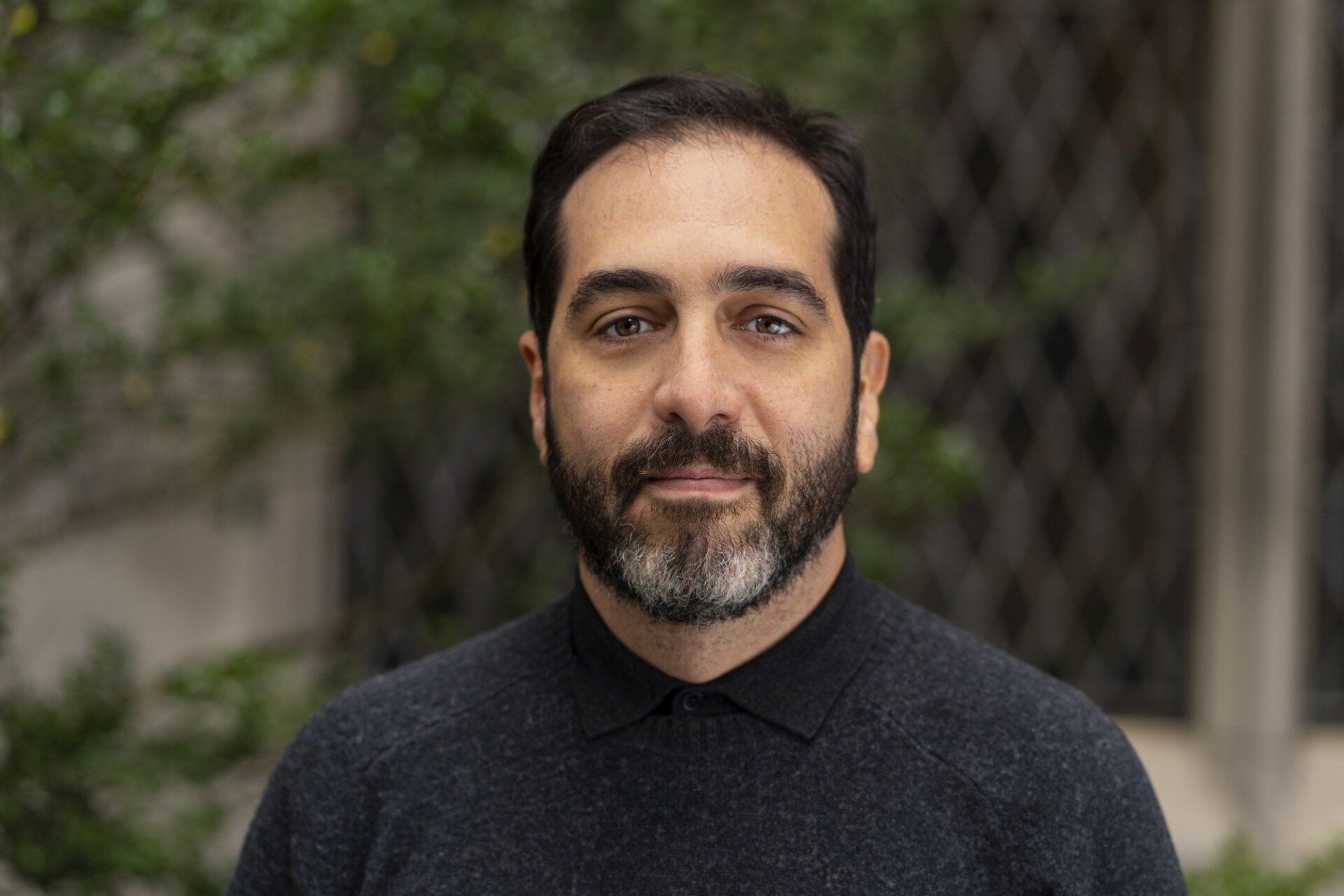This summer, the historic city of Assisi—long recognized for its cultural depth and spiritual atmosphere—became the host of the international traveling exhibition “Jordan: Dawn of Christianity.” Now open at the Palazzo Monte Frumentario, the exhibition has been welcoming visitors since July 4, following a successful debut at the Vatican earlier this year.
Assisi’s selection as the next venue carries rich symbolic weight. Set amidst the landscapes of Umbria, the city has served as a pilgrimage center for centuries. With its medieval architecture and enduring connection to Saint Francis—an emblem of peace, humility, and interfaith exchange—Assisi offers an environment that resonates deeply with the themes explored in the exhibition.
Jordan: Faith, geography, and history
Presented in collaboration with the City of Assisi, “Jordan: Dawn of Christianity” examines Jordan’s pivotal role in early Christian history. Through a series of immersive displays and curated narratives, the exhibition maps a journey through key pilgrimage sites that remain active points of interest for travelers, scholars, and faith communities today.
Central among them is Bethany Beyond the Jordan, the traditionally identified site of Jesus’s baptism by John the Baptist. Located on the eastern banks of the River Jordan and recognized by both UNESCO and the Vatican, it stands as one of Christianity’s foundational locations.
Other sites highlighted include Mount Nebo, associated with Moses’s final view of the Holy Land; Anjara, linked to the Holy Family’s travels; Tell Mar Elias, believed to be the birthplace of the prophet Elijah; and Machaerus, the fortress where John the Baptist was imprisoned and beheaded.
Beyond historical and religious significance, these sites illustrate Jordan’s commitment to preserving sacred landscapes and fostering dialogue across faiths. The exhibition positions Jordan as both a custodian of early Christian heritage and a contemporary space for intercultural engagement.

"Jordan, Dawn of Christianity" presentation in Rome
Shared histories: Assisi and Jordan in dialogue
Assisi and Jordan are connected not only by their respective historical roles but also by shared commitments in the present. In 2019, His Majesty King Abdullah II of Jordan was awarded the Lamp of Peace in Assisi—a gesture recognizing his leadership in promoting coexistence and stability across religious and cultural lines. That moment of recognition reflects deeper affinities between the two places, each serving as a symbolic meeting ground for values of peace, dialogue, and cultural stewardship.
The exhibition’s presence in Assisi gains additional significance in light of the 2025 Jubilee Year, a rare observance in the Catholic tradition that invites individuals to undertake personal and collective journeys of reflection. While the exhibition maintains a secular and inclusive presentation, its timing within this global context of pilgrimage enhances its thematic resonance for many visitors.
An ongoing journey
Far from being a static display, “Jordan: Dawn of Christianity” functions as a dynamic invitation—to consider the deep roots of pilgrimage, to explore intersections of heritage and faith, and to engage with landscapes shaped by centuries of movement, memory, and meaning.
For many, the exhibition also points forward to the sacred geography of Jordan. It encourages not only historical inquiry, but also a contemporary reflection on how such sites continue to shape personal and collective identities.
The exhibition offers a rare opportunity to engage with a narrative that stretches across millennia and borders. Jordan’s sacred heritage, presented within the thoughtful setting of Assisi, invites a deeper understanding of the human impulse to travel, reflect, and seek meaning.
For those drawn to landscapes where history, culture, and spiritual experience converge—the path is already open.




